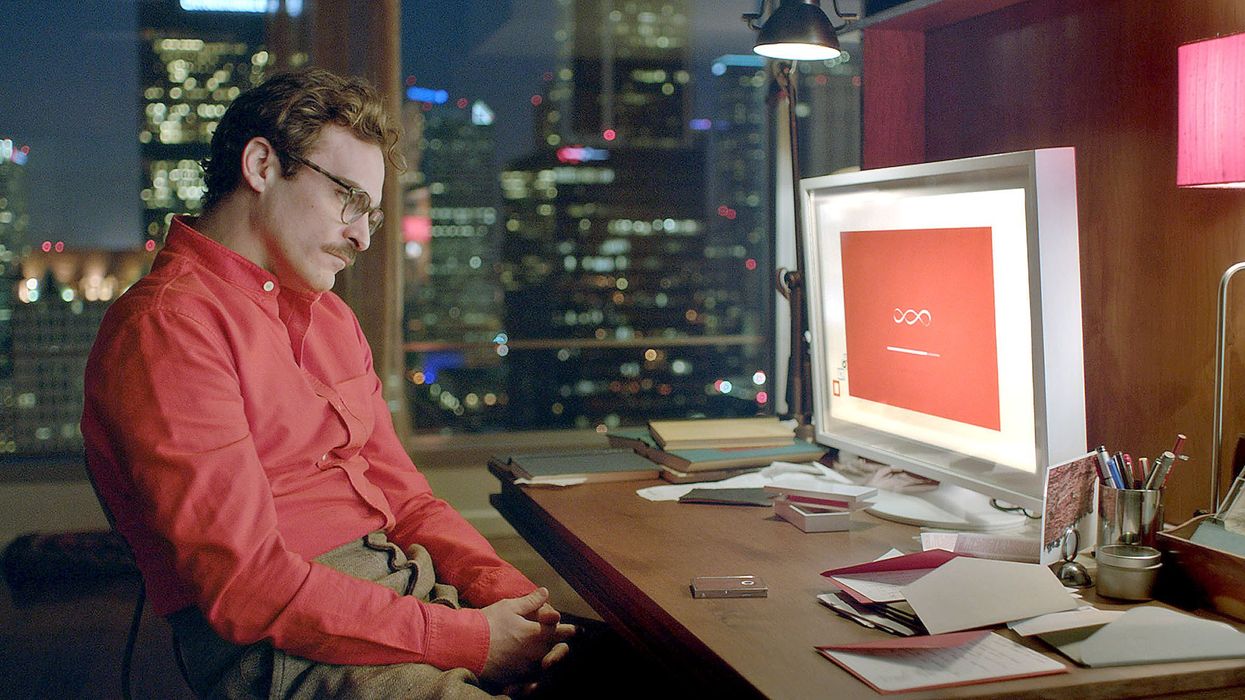How Color Has Become Such An Important Storytelling Tool in Cinema
Though much of early cinema is of the black and white variety, color tinted films go all the way back to the silent era.

These days, color is an integral part of film, and it has incredible power over how we perceive the film and the characters. In this terrific video essay from Lewis Bond, he explores the history of color and how color has become one of the most important visual tools at our disposal:
If you're familiar with color theory and you have a design background, many of the concepts in the video are going to be familiar, but even if you don't, it's important to have an understanding of how the audience perceives a given film. One of the more interesting concepts is Criswell's ideas about the way films use color for either balance or discordance. Certainly not every film does this, but it can be extremely powerful to set up a color palette and then break it when you want to draw attention to something — and it's something filmmakers have been doing since the beginning.
Just like we saw with the video on the importance of chairs in films, how we use different colors has a dramatic impact on how we subconsciously relate to the characters. The Breaking Bad example is perfect, as it shows Walt, a character just starting to do bad things, slowly being consumed by evil, and by removing his red shirt and revealing a darker one, we're seeing the progression of his character.
And when it comes down to it, that's really the best use of color — to serve the characters and move the story forward. As Roger Deakins said: "It’s easier to make color look good, but harder to make it service the story." Just because you can do something with the colors in the scene doesn't necessarily mean you should, but if you can enhance a scene by utilizing color to your advantage, the film is going to benefit. With the powerful color correcting/grading tools at our disposal, we have an even greater degree of control over that element than at any point in cinema history —but we must use those tools wisely.
Source: Lewis Bond












